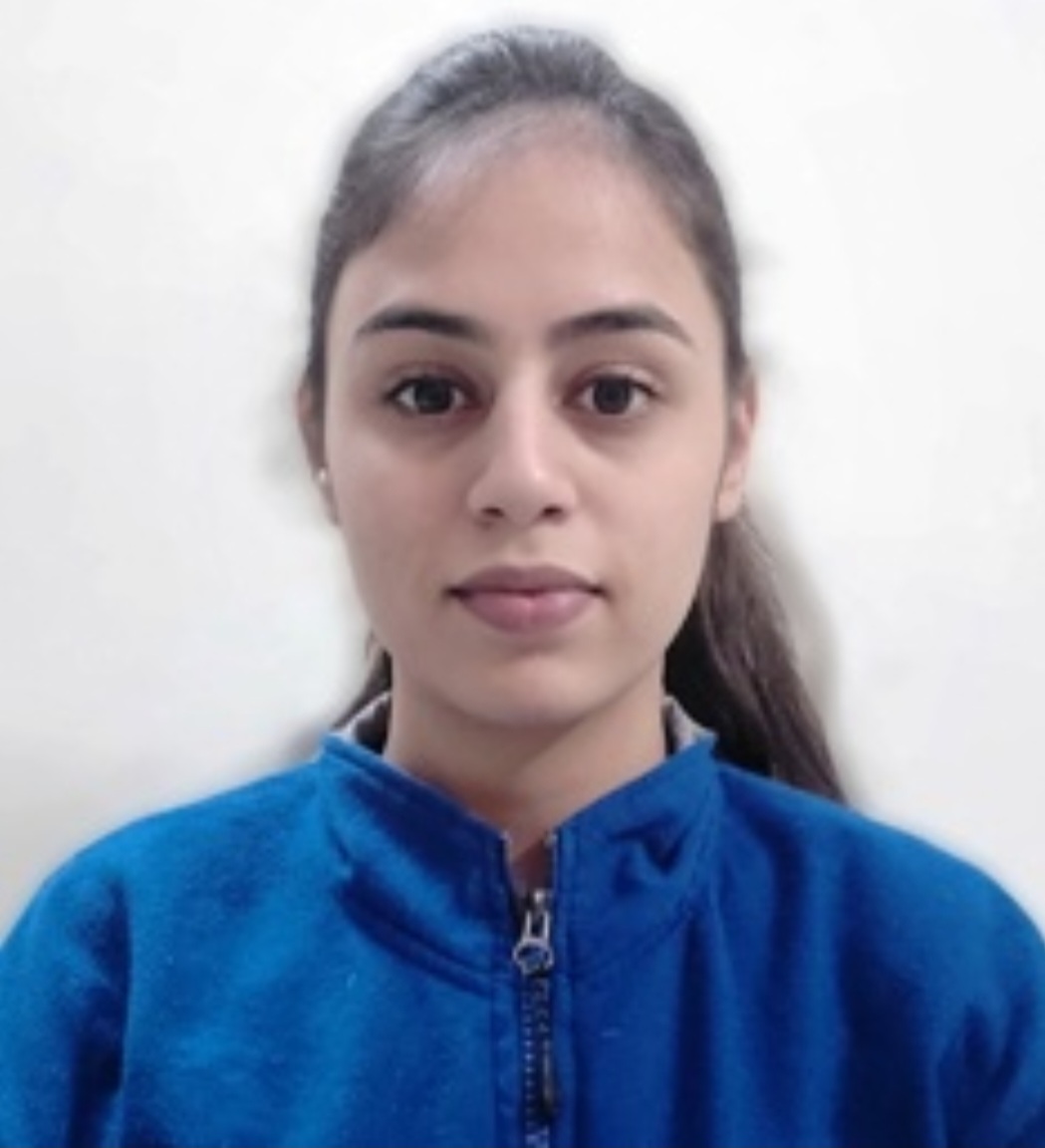Toll Free No. 1800-102-1214
Paralysis is a common problem. It is mainly referred to as partial or full loss of movement of muscles. It can be due to a physiological error or a neurological malfunction. There is no certain solution for the same.
For rectifying the physiological error, there are exoskeletons developed by many Indian and International companies such as ReWalk Robotics, Ekso Bionics, etc. But the main challenge comes when we have to search for rectification of neurological errors in paralysis.
So for neurological issues, a company named Neuralink is working on the idea given by Elon Musk, CEO of Tesla, SpaceX. Neuralink has developed a chip that can be implanted in the human brain, connect the same to a computer and try to rectify the error at a neurological level. This innovation has a great advantage over current methods that have been used, i.e. exoskeleton. It is significant in the future of medicine and can be one of the greatest medical devices invented. It is also claimed to cure paralysis due to spinal injuries.
Neuralink has electrodes that are implanted in the outer surface brain called the cortex and it is not set up for deep stimulation in the brain. Although as of now there are certain legal and trust issues going on with the same as it is still under clinical trials.
But, is it possible to correct neurological errorse The answer is 'yes'. It is a fact that paralysis may be caused by damage in the nervous system, and if somehow a device is implanted to deliver electric current through those nerves, then definitely there is hope for successful treatment of paralysis.
Basic research into spinal cord function examines how the normal spinal cord develops to process sensory information, control movement, and generate rhythmic patterns such as walking and breathing. Research on injury mechanisms focuses on what causes direct injury and the cascade of beneficial and harmful body responses that protect against or contribute to injury in the hours and days following spinal cord injury. Neural engineering strategies also offer opportunities to regain communication and independence.
In the future, Neuralink prostheses may benefit persons with a range of neurological conditions. These include situations when there is a breakdown or connection between the brain and the body's nerves, those who have epilepsy, parkinson's disease, paraplegia, or quadriplegia.
However, the field is progressing and many new leaders are coming forward to help fix the problem from its core. The future of companies like Neuralink can have high scope and being in clinical trials it is known to be one of the promising ones. The exoskeleton in itself has a high scope but that works better with parts of the body completely detached.
By: Tanya bhagat, M.Sc. Biotechnology, School of Biosceinces, Ist Year

